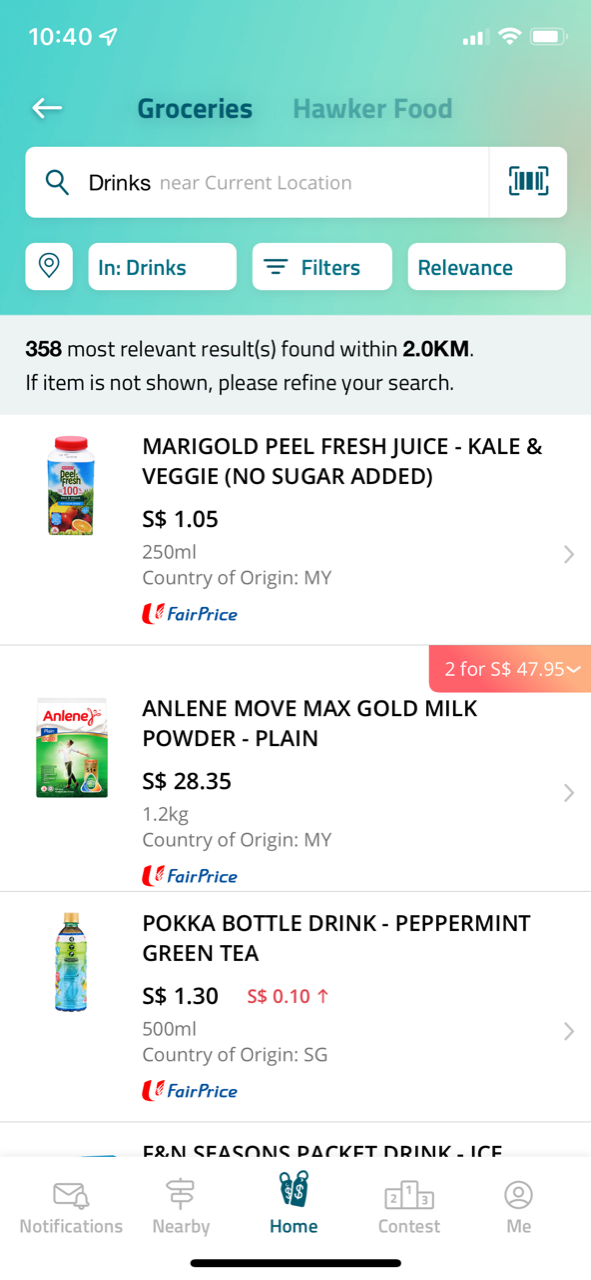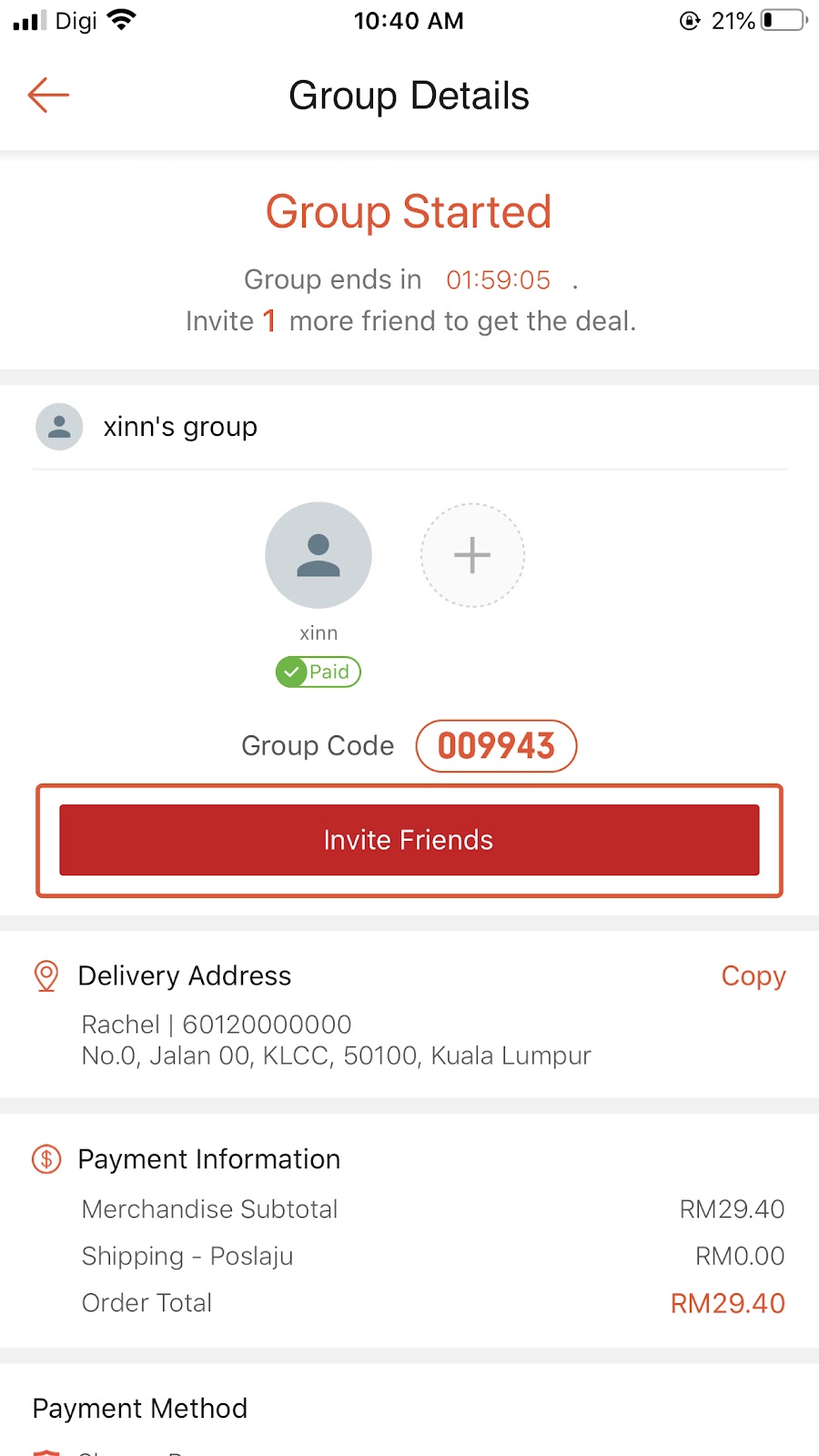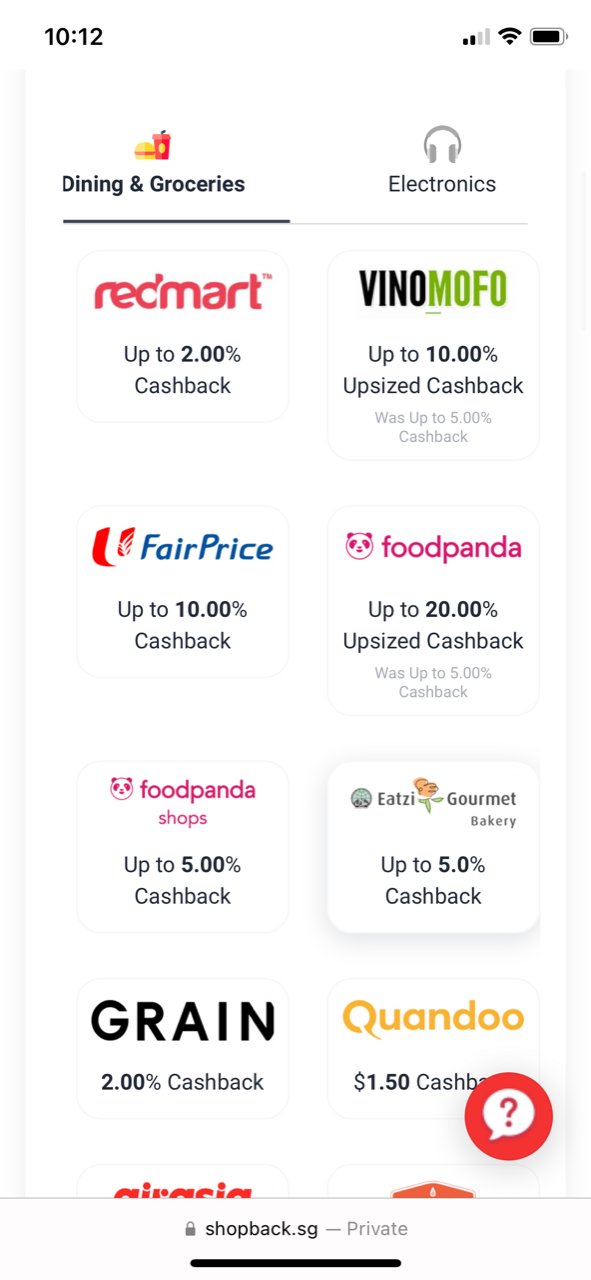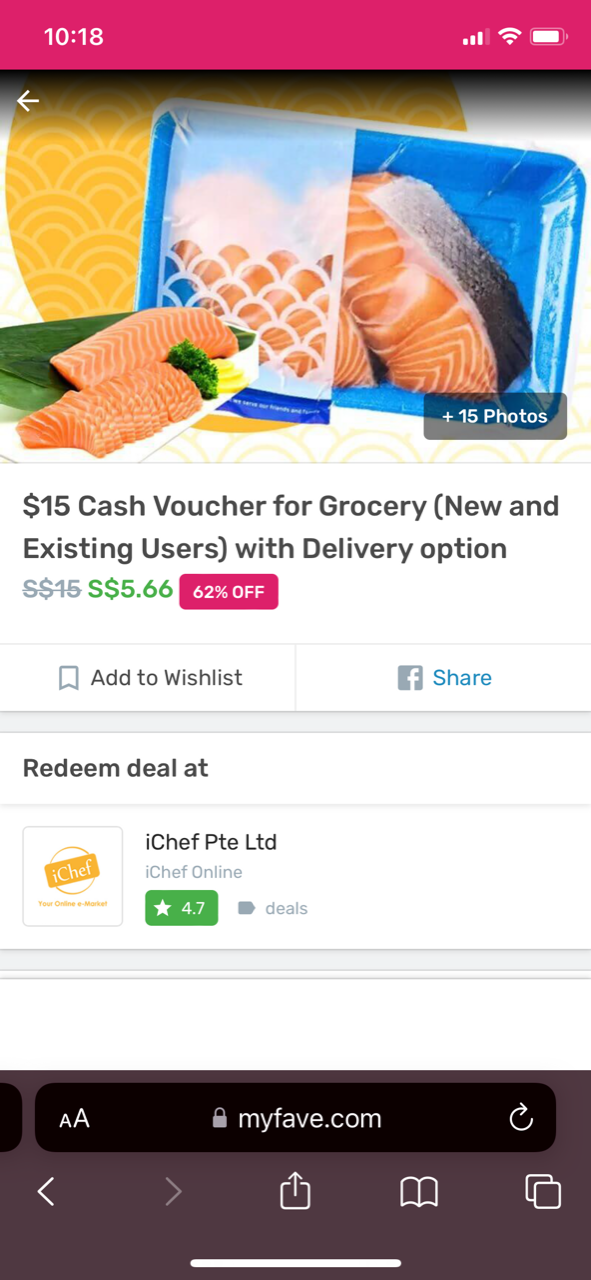Follow us on Telegram for the latest updates: https://t.me/mothershipsg
When it comes to grocery shopping, there is often more than meets the eye.
I mean, just take a look at these two chocolate bars, arranged side by side:
 Image comprises two screenshots from Desertcart and Shopee
Image comprises two screenshots from Desertcart and Shopee
If you were to glance at each bar individually on the supermarket shelf, you might not notice that they are different. But, as it turns out, a closer look reveals this isn't the case as the bar on the left weighs 200g while the bar on the right weighs only 180g.
Despite the reduced quantity, the prices of both chocolate bars are exactly the same.
While on the surface, it may seem that the prices of products have not risen, under the subtlety of it all, our products are shrinking in quantity and size.
So, if you’ve ever paused to wonder whether that tub of ice cream or bag of potato chips you usually purchase is smaller than before, it may not necessarily be a figment of your imagination -- it could be a result of what is known as shrinkflation.
What is “shrinkflation” and why is it occurring?
Shrinkflation, a term coined by economist, Pippa Malmgren, involves reducing a product's size or weight while maintaining its price – an emerging trend in the F&B industry.
Essentially, it means that you are getting less of a product for the same cost.
This is an occurrence that has been happening for decades in numerous countries around the world, even in Singapore, and heightens during periods of inflation and shortage.
Amid inflation and rising prices of raw materials, brands are forced to choose between increasing prices and saving material costs by reducing the size of their items to remain profitable.
However, as market research insights director, Derek Goh, explained, many brands are uncertain of the extent of their brand loyalty, which makes them wary of raising prices despite increased manufacturing costs for fear of losing their customers to competitors.
To maintain their competitive edge while driving down production costs and boosting profits, firms resort to shrinkflation as a cost-saving strategy.
In a recent study conducted by CNA Insider, it was noted that many renowned brands such as Coca-Cola, Pringles, and Cadbury had subtly downsized their portions through redesigned packaging. The repackaging of products makes use of psychophysics, a strategy that hinges on how our brains perceive changes in size.
As explained by CNA Insider, to reduce noticeable disparity in the size of the redesigned packaging, manufacturers change the diameter, length, width, and height of their packaging. When the volume of a container is altered in more than one dimension, our perception is relatively insensitive to these changes in actual size, giving the impression that the product quantity has remained the same.
This way, unsuspecting consumers continue to patronise these brands unaware that the unit cost of their products has risen.
What can we do about shrinkflation?
Feeling betrayed or cheated? Fortunately, there are ways to minimise shrinkflation at the grocery store.
For starters, we can compare unit prices when we shop at supermarkets instead of relying solely on the price labels. When a company decides to put less in a package, the price remains the same; however, the unit cost goes up.
Instead of comparing the prices of products as a whole, we could compare the price per unit of each item across brands.
For example, the price of a loaf of bread with ten slices may cost S$4.50 while another loaf of bread with five slices costs $3.50. Compared as a whole, the latter loaf may appear less expensive.
But, the unit price of the former loaf of bread is S$0.45 per slice, and the unit price of the latter loaf is S$0.70 per slice, which makes the former loaf a better buy.
You might also wish to compare prices across retailers. Retailers regularly offer special deals of the week or hold special promotions for a limited time.
A handy app to use for price comparison across our local supermarkets is "Price Kaki" by the Consumers Association of Singapore (CASE). The app depends on crowdsourcing and retailer data to function, and prices are updated by everyday consumers when they visit the supermarket.
 Screenshot via the "Price Kaki" app
Screenshot via the "Price Kaki" app
Also, to avoid paying more for less, we can keep track of the weights of the products we regularly purchase and read the fine print on the product's package to ensure that the weight of the item has not decreased from its original weight.
If a package says "New and Improved" or "New Look," it’s important to check that the portion inside hasn’t decreased over time.
Additionally, we could purchase in-house brands as these tend to be cheaper than other alternatives since these products do not need to be imported and shipped.
As a comparison, a bottle of FairPrice house brand mayonnaise costs S$2.60, while a bottle of Heinz mayonnaise costs S$4.30; nearly twice as much as the house brand version.
It has also been noted by WebMD that store brands are often the last to shrink their products, even when larger brands are doing so.
Although many shoppers tend to shy away from house brands for fear of compromising the quality of their products, a Straits Times poll suggests that house brands are not inferior to major brands, allowing shoppers to enjoy the best of both worlds – quality and cost savings.
It might also be a good idea to buy your groceries in bulk or gather a group of friends to purchase items together, in the form of group buying. This way, you can save on paying for excess packaging and shipping costs and the unit price of your products would be cheaper too.
For example, the “Group Buy” feature on online retailers such as Shopee is a promotional function that offers cost savings and discounts when two or more people purchase the same product together.
Through Shopee, users can create groups and invite friends to participate in the group buying together.
 Image via Shopee
Image via Shopee
Furthermore, there are also large local group buying communities to facilitate group purchases among residents of the same neighbourhood.
One of these is FreshSG, a community dedicated to purchasing fruits and vegetables in bulk.
 Image via FreshSG
Image via FreshSG
According to FreshSG, buyers are required to join their respective estate's WhatsApp groups before placing orders through their estate hosts. Once the orders have been delivered, they can then collect their purchases from the estate hosts’ homes.
If you're buying in bulk and prefer to shop in a brick-and-mortar setting, you can consider purchasing your groceries from warehouse stores or hypermarkets around Singapore.
One example is FairPrice’s warehouse hub, located next to Joo Koon MRT station, which offers discounts of up to 20 per cent on bulk purchases.
As reported by AsiaOne, a 1.6kg box of Kellogg's Coco Pops cereal at FairPrice's warehouse hub costs S$17.80 while the equivalent in weight costs S$21 at FairPrice's regular outlets, amounting to savings of up to S$3.20.
Finally, you may want to purchase discount or cashback vouchers through websites such as Fave when shopping at physical supermarkets or downloading cashback apps when purchasing your groceries online.
 screenshot via Shopback
screenshot via Shopback
 Screenshot via Fave website
Screenshot via Fave website
Cashback app, Shopback, for instance, offers 10 per cent off groceries when you shop online via FairPrice's online store, while websites such as Fave offer cash vouchers for grocery shopping at various supermarkets.
As our groceries continue to shrink across the board, perhaps one day we'll all be forced to eat and drink out of tiny plastic containers.
But before that happens, we can take proactive steps to guard against the effects of shrinkflation whenever possible.Top images by Maria Lin Kim and Tara Clark via Unsplash.
If you like what you read, follow us on Facebook, Instagram, Twitter and Telegram to get the latest updates.
